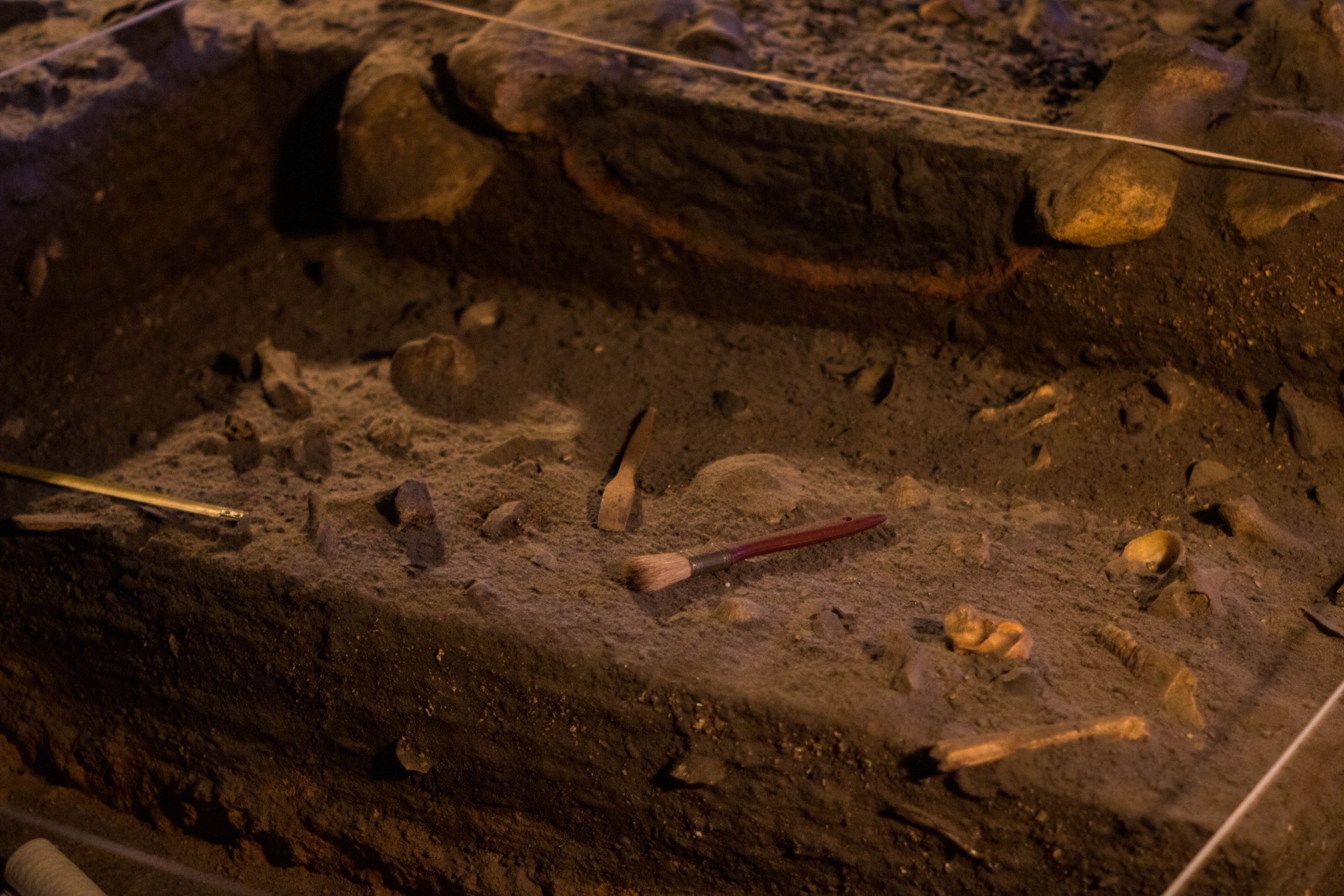‘Black hole police’ discover a dormant black hole outside our galaxy
A team of international experts, renowned for debunking several black hole discoveries, have found a stellar-mass black hole in the Large Magellanic Cloud, a neighbour galaxy to our own. «For the first time, our team got together to report on a black hole discovery, instead of rejecting one,» says study leader Tomer Shenar. Moreover, they found that the star that gave rise to the black hole vanished without any sign of a powerful explosion. The discovery was made thanks to six years of observations obtained with the European Southern Observatory’s (ESO’s) Very Large Telescope (VLT).

Stellar-mass black holes form when massive stars reach the end of their lives and collapse under their own gravity. In a binary, a system of two stars revolving around each other, there is the chance of finding a black hole from the motion of a luminous companion star. “From the nearly circular orbit of this binary, we could conclude that this black hole did not receive a velocity kick when it formed in a supernova explosion, a fact that will help us get a better understanding of the origin of gravitational waves detected by the LIGO-Virgo detectors”, comments ICREA Professor Mark Gieles from the ICCUB. He is a co-author on the paper, and leads the Virgo gravitational wave research group of the ICCUB, who analyse and interpret the rapidly growing number of detected compact object collisions, such as binary black holes.
Stellar-mass black holes form when massive stars reach the end of their lives and collapse under their own gravity. In a binary, a system of two stars revolving around each other, there is the chance of finding a black hole from the motion of a luminous companion star. “From the nearly circular orbit of this binary, we could conclude that this black hole did not receive a velocity kick when it formed in a supernova explosion, a fact that will help us get a better understanding of the origin of gravitational waves detected by the LIGO-Virgo detectors”, comments ICREA Professor Mark Gieles from the ICCUB. He is a co-author on the paper, and leads the Virgo gravitational wave research group of the ICCUB, who analyse and interpret the rapidly growing number of detected compact object collisions, such as binary black holes.
Praesent sapien massa
Praesent sapien massa, convallis a pellentesque nec, egestas non nisi. Mauris blandit aliquet elit, eget tincidunt nibh pulvinar a. Curabitur arcu erVivamus suscipit tortor eget felis porttitor volutpat. Curabitur non nulla sit amet nisl tempus convallis quis ac lectus. Quisque velit nisi, pretium ut lacinia in, elementum i
- Praesent sapien massa, convallis a pellentesque nec, egestas non nisi
- Mauris blandit aliquet elit, eget tincidunt nibh pulvinar a. Curabitur arcu erVivamus suscipit tortor eget felis porttitor volutpat. Curabitur non nulla sit amet nisl tempus convallis quis ac lectus. Quisque velit nisi, pretium ut lacinia in, elementum i
A team of international experts, renowned for debunking several black hole discoveries, have found a stellar-mass black hole in the Large Magellanic Cloud, a neighbour galaxy to our own. «For the first time, our team got together to report on a black hole discovery, instead of rejecting one,» says study leader Tomer Shenar. Moreover, they found that the star that gave rise to the black hole vanished without any sign of a powerful explosion. The discovery was made thanks to six years of observations obtained with the European Southern Observatory’s (ESO’s) Very Large Telescope (VLT).

Stellar-mass black holes form when massive stars reach the end of their lives and collapse under their own gravity. In a binary, a system of two stars revolving around each other, there is the chance of finding a black hole from the motion of a luminous companion star. “From the nearly circular orbit of this binary, we could conclude that this black hole did not receive a velocity kick when it formed in a supernova explosion, a fact that will help us get a better understanding of the origin of gravitational waves detected by the LIGO-Virgo detectors”, comments ICREA Professor Mark Gieles from the ICCUB. He is a co-author on the paper, and leads the Virgo gravitational wave research group of the ICCUB, who analyse and interpret the rapidly growing number of detected compact object collisions, such as binary black holes.
Tip: Donec sollicitudin molestie malesuada. Sed porttitor lectus nibh. Vestibulum ante ipsum primis in faucibus orci luctus et ultrices posuere cubilia Curae; Donec velit neque, auctor sit amet aliquam vel, ullamcorper sit amet ligula. Mauris blandit aliquet elit, eget tincidunt nibh pulvinar a.